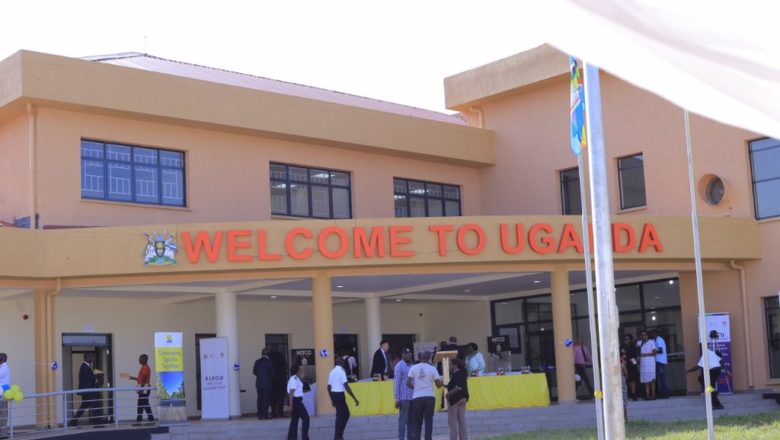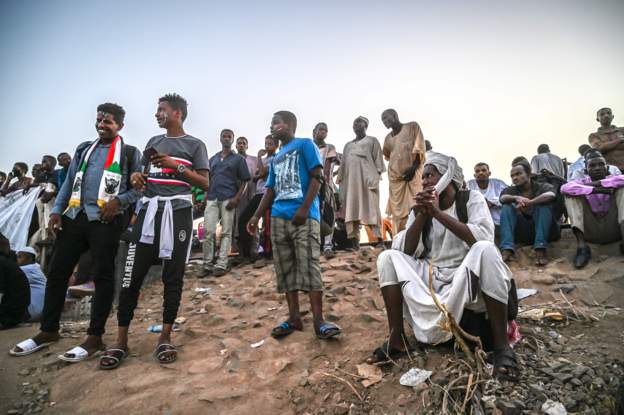By Kainomugisha Caroline
Before 2011, traders, merchants, tourists, trucks, passengers, etc had to get clearance from revenue authorities, customs, immigration and Bureaus of standards from their state offices when exiting or entering one country to another. This was the two-stop border posts model. The process was tedious, repetitive and took up to 5 days or more to get clearance from two different countries. Today, it takes approximately 39 minutes to get clearance thanks to the One-Stop Border Posts (OSBPs).
The OSBP model is where clearance is done in one single building with officers from revenue authority, customs, immigration, bureau of standards from both countries present. A case in point is Busia-Uganda/Busia-Kenya OSBP. For a trader leaving Uganda into Kenya, he/she gets clearance required to exit Uganda from one side of the building and gets clearance required for entry into Kenya on the other side of the border in the same building.
Trade and Markets East Africa (TradeMark East Africa-TMEA) in partnership with World Bank and the East African governments are working together to construct thirteen OSBPs to connect and ease trade across East Africa, ten of which are already complete. Five out of ten are bordering Uganda namely; Nimule-South Sudan/Elegu-Uganda, Mutukula-Tanzania/ Mutukula-Uganda, Malaba-Kenya/Malaba-Uganda, Busia-Kenya/Busia-Uganda and Mirama Hills-Uganda/Kagitumba-Rwanda.
Busia border has since time immemorial been the busiest OSBP in Uganda. In 2017, an average of 1,784 vehicles weekly at Busia Uganda, 3,324 vehicles at Busia Kenya and 21.4 per cent of Informal Cross Border Trade worth US$ 117.4 million was recorded. Busia OSBP which was commissioned on 24th February 2018 by His Excellences, Presidents Yoweri Kaguta Museveni and Uhuru Kenyatta have exceedingly eased both formal and informal trade for Kenya and Uganda.
The OSBP has reduced the rate of bureaucracy that used to come with clearance procedures required in the two-border post model, travellers and tourists now have less waiting time which has eased mobility of people across the borders for leisure, work, school, and trade among others.

Uganda can now compete economically in both bilateral and international trade due to reduced costs of and time in doing business at the border posts. Today, Uganda Revenue Authority (URA) boasts of reduced revenue leakages. In fact, by April 2019 the customs clearance infrastructure was able to collect UGX. 21 billion by intercepting smugglers at Malaba and Busia OSBPs.
Before 2018, URA had limited electronic seals that could only track 20% of the cargo. An electronic seal also known as e-seals is part of the Electronic Cargo Tracking System (ECTS) which provides real-time monitoring of transit goods. Now, over 30,000 trucks of cargo can be tracked to a destination which has improved cross border security.
Mr Murshid, a truck driver who transports clothes from port Mombasa to downtown, Kampala on average took 24 hours to reach Busia but spent 3-4 days clearing his goods at two border points, one in Kenya and another in Uganda. This was a very time consuming because Murshid had to wait in line with other trucks for over 12 hours for physical inspection by customs officers.
He then had to endure more waiting time for immigration officers to clear him before he could be allowed to exit Kenya. Not long after this, Murshid had to join another long line of trucks waiting for physical inspection at Busia Uganda and repeat the same process all over again for some good hours. This process took at least 3 days before Murshid could drive through Busia to embark on a journey to downtown, Kampala.
Thanks to the OSBP model, Murshid can now drive for about 24 hours at most and spend only 2-3 hours getting a physical inspection and immigration clearance. This has apparently reduced non-tariff barriers which for far too long affected the trade receipts of Uganda’s export and import market.
This amazing initiative has not only been beneficial to formal traders like Murshid but also to informal traders like Ms Okori, a young single mother who grows maize and sells across the border in Sofia market where most Informal Cross Border Traders (ICBT) engage in trading in Busia Kenya. Previously, Okori used to come to market to earn a living despite having to line up for hours waiting to be cleared by customs and worries such as rape by truck drivers, boda-boda cyclists and robbery by con men who would lure them into believing that they would help them cross the border through illegal routes so as to avoid customs delays and fees.
This made the life of small-scale female traders quite impossible. Today, Okori and many other women can cross the border and sell goods worth $2000, duty-free after being cleared by customs and they don’t have to wait in line for hours but rather minutes to get to Sofia market and sell their merchandise, earn a living and provide for their children.
The Ministry of Trade, Industry and Cooperatives, Uganda Revenue Authority and Trade Mark East Africa among others have made it possible for traders, tourists, passengers and scholars to ably cross borders without tedious non-tariff incumbrances between Uganda and East African countries hence fostering and fast-tracking East Africa’s Economic, Political and Social integration.
The writer is a Communications Assistant at Government Citizen Interaction Centre (GCIC), Ministry of ICT and National Guidance.





